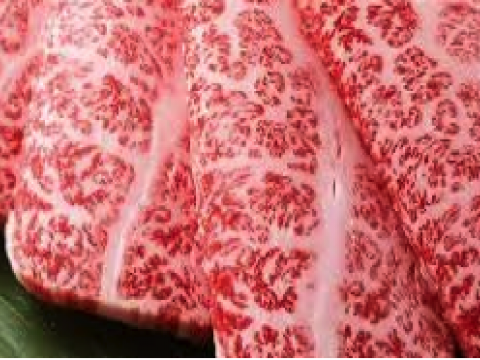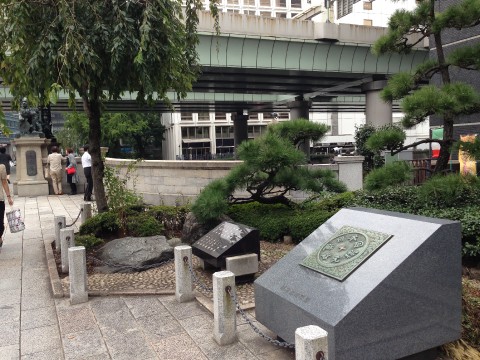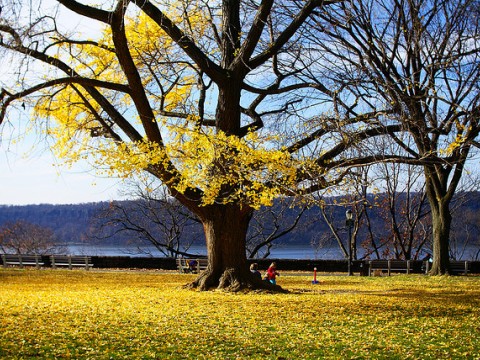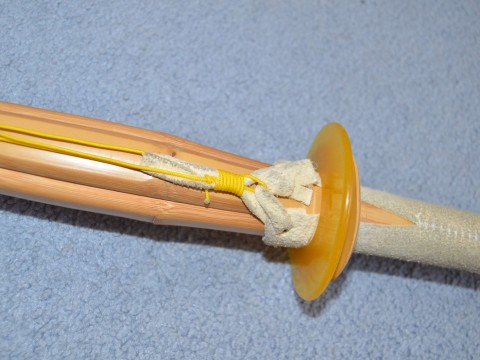Jidaigeki Period Dramas Teaching Japanese Morals
Life's Teaching Tool for the Japanese Parents
Jidaigeki (時代劇). Let me tell you the book definition of Jidaigeki first for many of you may not know this term at all. It is Literally "period dramas", they are most often set during the Edo period of Japanese history, from 1603 to 1868. Some, however, are set much earlier, such as Heian period—and the early Meiji era is also a popular setting. Jidaigeki show the lives of the samurai, farmers, fisherman, craftsmen, and merchants of their time. Jidaigeki films are sometimes referred to as “chambara” movies, a word meaning "sword fight", though chambara is more accurately a sub-genre of Jidaigeki.
Now you have an idea as to what it is, let me tell you my experience with Jidaigeki. I lived in Japan during 1950’s to early 1970’s as a child and my family used Jidaigeki to teach my cousins and I about good, bad, honor/integrity and dishonor of human behaviors and interactions. There were many series televised each week with 30 to 60 minutes setting. Some of the examples of Jidaigeki shows were “Mito Koomon, Zenigata Heiji, Zatooichi, 7 Samurai” to name a few. Each Jidaigeki setting may be different but the theme is virtually the same for each televised segment. It depicts ordinary living in Edo period with characters such as powerful, wealthy, have and have-nots in different towns. Usually, it starts out as powerless farmers, merchants or their workers are being taken advantage of their positions by people of power. As the story progresses, the good and honorable will intervene and help the ones who are in trouble, meaning poor farmers or merchants.
The teaching points of my family as well as my friend’s families were to behave honestly, be helpful, be good to others and finally no matter how hard things are, not to give up on it and see through to the end.
In the television series, it illustrates if one takes advantage of others and steal, lie, hurt or in the worse case murder someone, one has to pay for what he/she has done in the end. What made Jidaigeki very realistic was it did not have a happy ending to some cast members but evil always paid for their misconduct.
I remember during the 30 or 60-minute shows, my uncles or aunts will interject comments right after the scene to reinforce what to do or not to do and emphasize how we should live this life. Lots of samurai actions, displays intimate and warm human interactions during that period, show how they depended on each other to survive that period. Truly, these are very well crafted stories. I feel particularly, the integration of music is so well done so the music highlights each scene exceptionally. I recommend viewing them several times and imagine what Japanese parents used to use these TV series to teach the young ones about the life one should pursue. Enjoy!!! In my next Jidaigeki article, I will pick 2 to 3 favorite ones and describe them for you.

AustinA
United States









